- About us
- Support the Gallery
- Venue hire
- Publications
- Research library
- Organisation chart
- Employment
- Contact us
- Make a booking
- Onsite programs
- Online programs
- School visit information
- Learning resources
- Little Darlings
- Professional learning
Ralph Sutton (1908–1967), Methodist minister, trained in Sydney, was ordained in 1935 and began his career in Mosman Methodist Church. The following year, he was appointed to the Far West Mission at Nyngan, NSW, administering a vast parish. Travelling thousands of kilometres a week, he vitalised the mission before transferring to minister in the Sydney slum suburb of Glebe in 1942. Establishing the First Community Church in St Johns Road, for six years he worked with street children in the area. Following study overseas, he returned to Newcastle, where he founded the Australian Christian World newspaper. In Perth from 1953, he exponentially expanded the congregation at the city’s Wesley Church, broadcast thrice weekly on radio, wrote for the West Australian and penned prayers and encouraging words, published posthumously as The Constant Flame (1997). In 1958 he created Good Samaritan Industries, which offered ‘real pay for real work’ by people with disabilities and has provided employment for thousands. Between 1959 and his death Sutton pioneered the first aged-care ‘village’ in Australia, Rowethorpe, comprising a range of living options, facilities, hospital and hostel care which served as a model for such developments nation-wide. The half-century of Good Samaritan Industries in 2008 was marked by the establishment of The Ralph Sutton Education Foundation, to enhance educational opportunities for people with disabilities.
Max Dupain obe (1911–1992) set up his studio in Sydney in 1934. Through the 1930s he took portraits and advertising shots, photographed dancers and musicians for the ABC and gained exposure in the lifestyle magazine, The Home. In the 1950s he turned increasingly to architectural photography. From 1958 to 1973 he documented the construction of the Sydney Opera House. In 1975 the Australian Centre for Photography mounted the exhibition Max Dupain – A Retrospective 1930–1975. With this show, The Sunbaker, taken nearly forty years earlier, became a definitive Australian image.
Gift of Reverend Ralph Sutton's daughters Arlene Howes and Megan Newman in memory of Ralph Sutton and in tribute to his wife Dorothy Sutton 2011



On one level The Companion talks about the most famous and frontline Australians, but on another it tells us about ourselves.
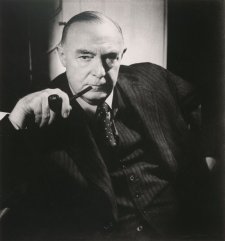
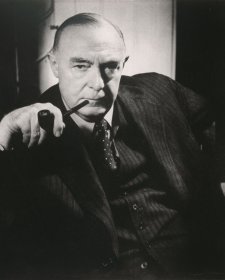
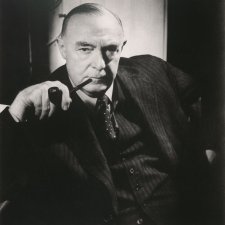
Johanna McMahon revels in history and mystery in pursuit of a suite of unknown portrait subjects.
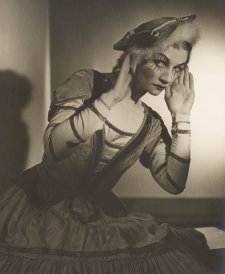
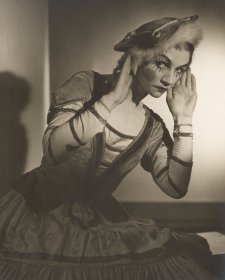
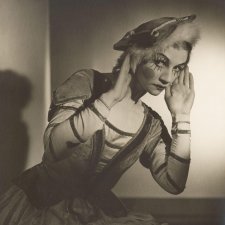
Gael Newton delves into the life and art of renowned Australian photographer, Max Dupain.